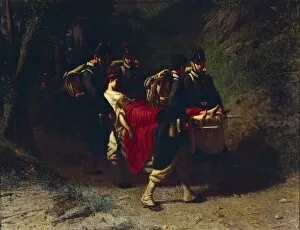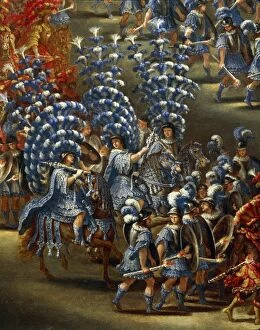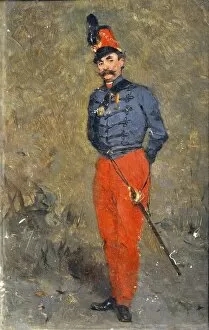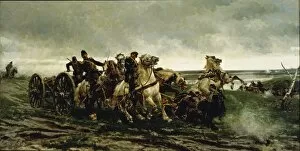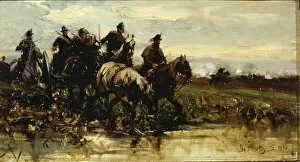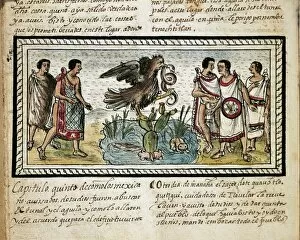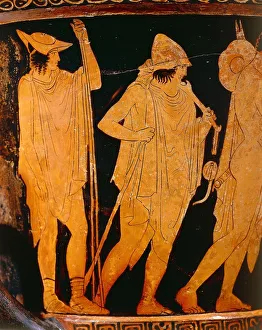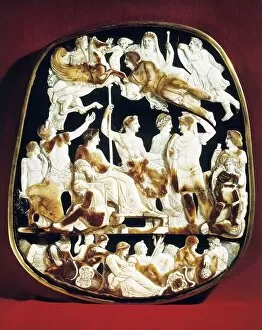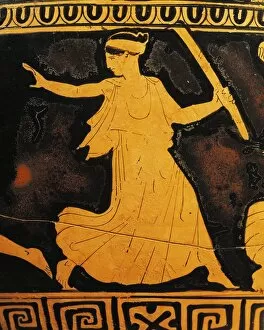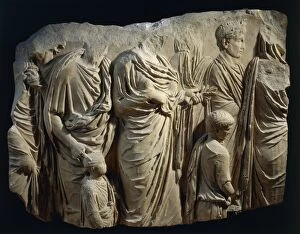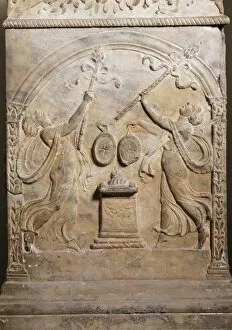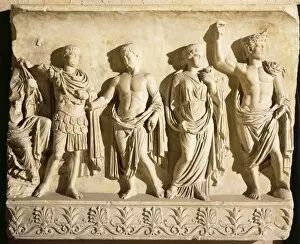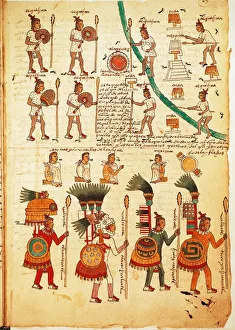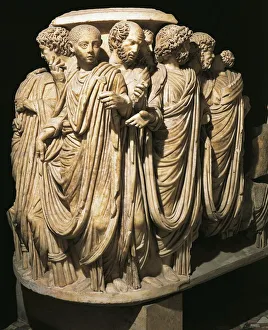Historical Clothing Collection (page 42)
Step back in time and immerse yourself in the world of historical clothing
All Professionally Made to Order for Quick Shipping
Step back in time and immerse yourself in the world of historical clothing. From the regal elegance of Queen Anne of Cleves to the flamboyant attire depicted in vintage paintings, fashion has always been a reflection of society's values and aspirations. Take a glimpse at Anne of Cleves, whose portrait showcases her exquisite gown adorned with intricate embroidery. Her attire speaks volumes about her status as royalty and the opulence that surrounded her. In another era, Johann Sebastian Bach graced us with his musical genius, but it is his 1746 oil painting that captures our attention today. Dressed in traditional garments, he exudes an air of sophistication and refinement. Travel further back in time to witness Frederick the Great of Prussia through a vintage painting. His elaborate ensemble reflects not only his position as a monarch but also serves as a symbol of power and authority. Venturing into satire, we encounter Victorian cartoons mocking societal norms. "The modern damsel" portrays women donning extravagant dresses with exaggerated proportions, highlighting both their desire for fashion-forwardness and societal expectations placed upon them. Fast forward to the turn-of-the-century automobile advertisement featuring La Belle Otero at the wheel alongside Michel Zelete. Their fashionable outfits epitomize elegance while capturing the spirit of adventure associated with early motoring. Delve deeper into history with Marcus Aurelius' bust—a testament to ancient Roman fashion sensibilities. The intricately carved details on his garment showcase craftsmanship unparalleled even by today's standards. The Remy Family painting by Januarius Zick transports us to 1776 when lavish fabrics draped over men and women alike were considered essential elements for portraying wealth and social standing during this period. Thomas Erskine May, 1st Baron Farnborough immortalized in Vanity Fair Print exemplifies nineteenth-century British aristocracy through his impeccably tailored suit—a symbol synonymous with power within political circles. Greek mythology comes alive through red-figure pottery depicting a woman at her toilet.




